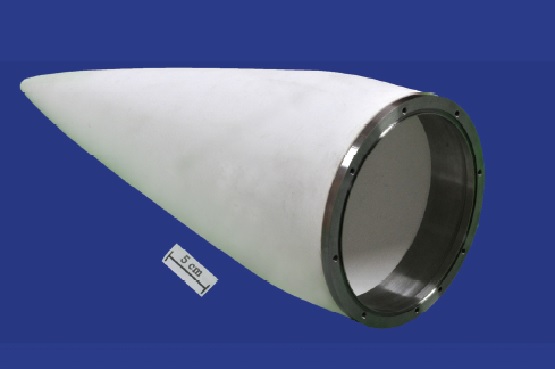India's DMRL Achieves Breakthrough with Indigenous Fused Silica Radomes, Boosting Missile Technology

The Defence Metallurgical Research Laboratory (DMRL) has reached a significant milestone in missile technology with the successful development of indigenous fused silica radomes. This achievement is set to enhance India's self-reliance in defense manufacturing and strengthen its missile capabilities, marking a crucial step forward for the nation’s defense sector.
Radomes, which are the protective enclosures for radar antennas, play a vital role in missile systems. They ensure optimal performance by shielding the antenna from environmental factors while allowing electromagnetic waves to pass through with minimal distortion. The choice of material for radomes is critical, and fused silica, a type of glass, is often preferred due to its exceptional properties. It offers high transparency to radar frequencies, excellent thermal shock resistance, and strong structural integrity.
The production of fused silica radomes, however, is a complex process requiring specialized expertise and technology. DMRL’s breakthrough lies in mastering the Cold Isostatic Pressing (CIP) technology to manufacture these radomes indigenously. CIP involves subjecting powdered fused silica to high pressure and temperature, resulting in a dense and uniform material with the desired shape and properties.
DMRL’s research team focused on optimizing various aspects of the process, including powder characteristics, binders, sintering reagents, and process parameters. This meticulous approach ensured the ideal microstructure and amorphous structure in the final product, making the CIP-sintered silica radomes suitable for demanding missile applications.
These advanced radomes have been successfully integrated with RF seekers and have undergone rigorous performance evaluation tests. The tests confirmed their compatibility and effectiveness, reinforcing the success of DMRL’s innovation. To protect this groundbreaking technology, DMRL has filed a patent for the CIP process used in the manufacturing of fused silica radomes.
This development is not just a technological feat but also a strategic advancement for India’s defense capabilities. By achieving this level of self-reliance, India reduces its dependency on foreign technology and strengthens its position in the global defense landscape. The indigenous production of fused silica radomes is a testament to the country’s growing expertise and commitment to advancing its defense technologies.
The DMRL’s accomplishment aligns with India's broader goal of boosting its indigenous defense manufacturing capabilities under the “Make in India” initiative. This breakthrough will likely inspire further innovations and advancements within the country’s defense research community, paving the way for more sophisticated and self-reliant defense technologies in the future.


